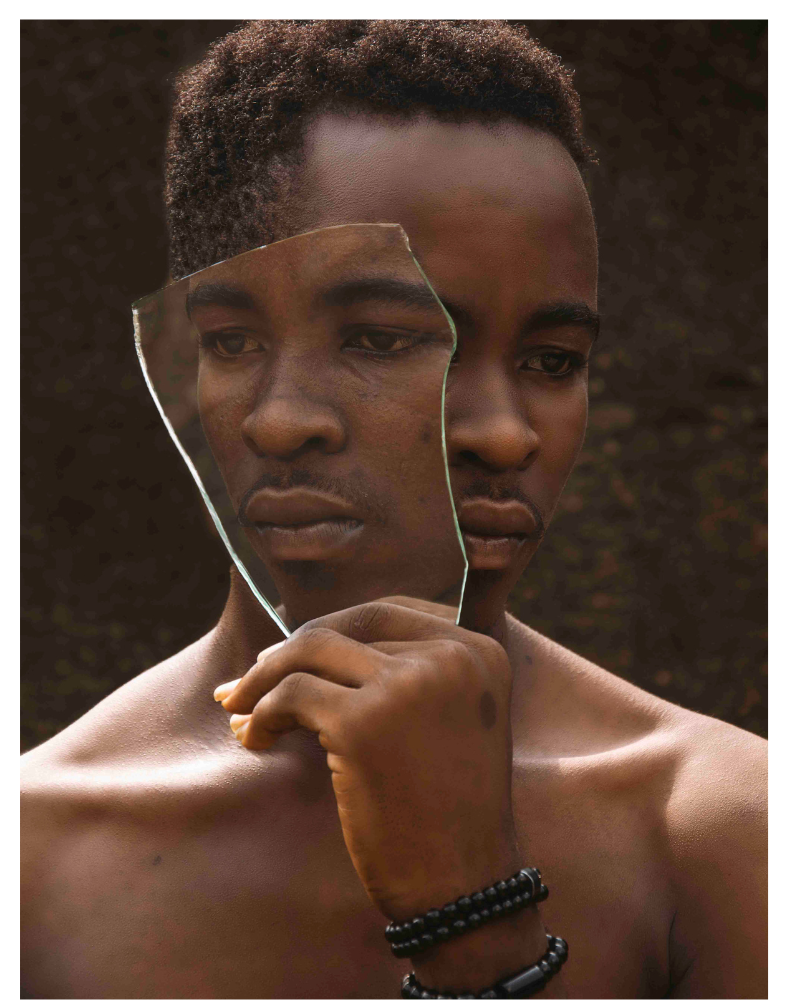Should masking be encouraged or discouraged?
Given our nation’s intolerance, I have often thought about this. I recall sitting in an Autism parent group, and the topic of discussion was masking. Masking is a complex topic in the forum of children with autism spectrum disorder ; it is hard enough trying to conform to peers and the environments in which they live. If I am honest, they should be free to embrace who they are and how they appear in the world. However, that is sometimes not easy in fear of embarrassment, criticism, and acceptance. If we are to encourage our children to be and freely express themselves? Will the world accept how our kids choose to show up? Or, contrarily, is there a line between how much authenticity our children can express?
; it is hard enough trying to conform to peers and the environments in which they live. If I am honest, they should be free to embrace who they are and how they appear in the world. However, that is sometimes not easy in fear of embarrassment, criticism, and acceptance. If we are to encourage our children to be and freely express themselves? Will the world accept how our kids choose to show up? Or, contrarily, is there a line between how much authenticity our children can express?
Coexistence starts at home.
We are our children’s first link to the outside world relationally—the social lessons of right, wrong, acceptable, or unacceptable. So, as a mother, I am conscious of my relationship and interaction with my son; in our relationship, it is essential to self-advocate our likes, dislikes, or what makes us feel comfortable.
I want to reframe the connotation of masking with protection, preservation, and safety. According to an article on Healthline (Stanborough, 2021), masking is a social survival strategy. Any human can relate to the struggle to survive social environments and relationships. I have embarked on this journey with my son; he has a goofy and impulsive side, which can sometimes create a sense of awkwardness in any social situation. I have tried to master his body language because he doesn’t always express himself using words, and he struggles to find the words to communicate his feelings; this creates barriers in any social relationship, situation, or environment. Therefore, supporting him in the relationships and the home environment is critical. Getting to know oneself in social surroundings may be a lifelong journey, and having open communication can convey awareness. I can attest that the best starting place for building social relationships and understanding emotions begins with siblings and parents. This practice can be a tool for teaching respect and relational skills. The foundation for early social skills is developing with the first relationships we develop with those with whom we share space. For my family, this is utilizing family disagreements and social matters between one another as a teaching tool. I also found that role-playing social situations often inspires understanding, not restricted to my son with ASD but for all of us.
References
Stanborough, Rebecca Joy. “Understanding Autism Masking and Its Consequences.” Healthline, Healthline Media, 19 Nov. 2021, www.healthline.com/health/autism/autism-masking.
